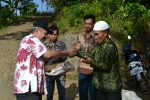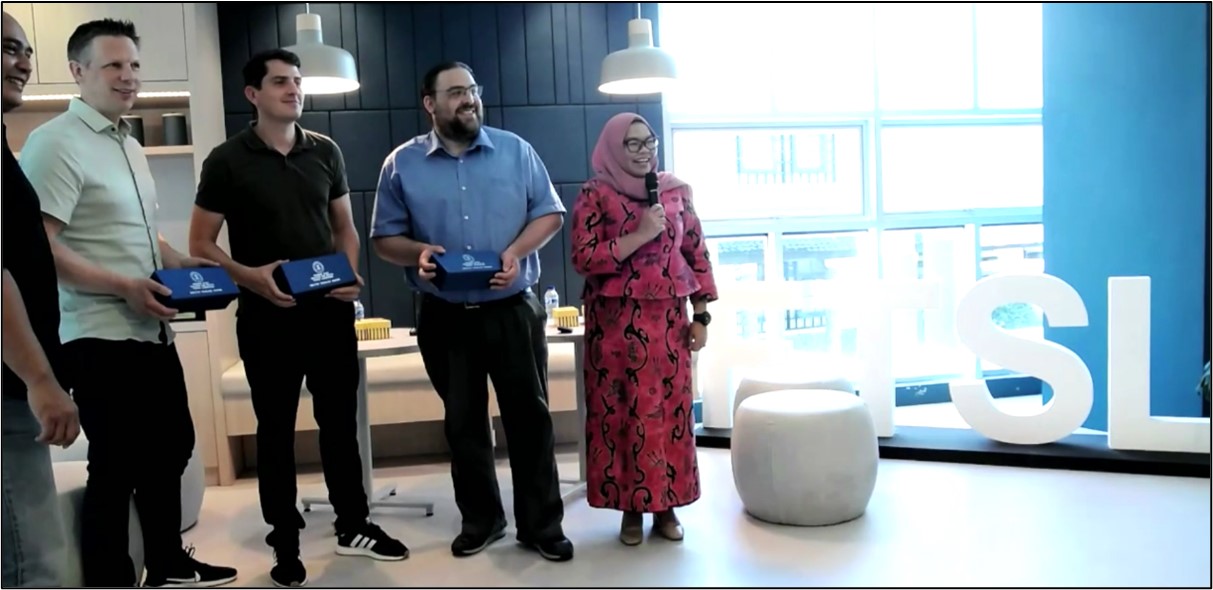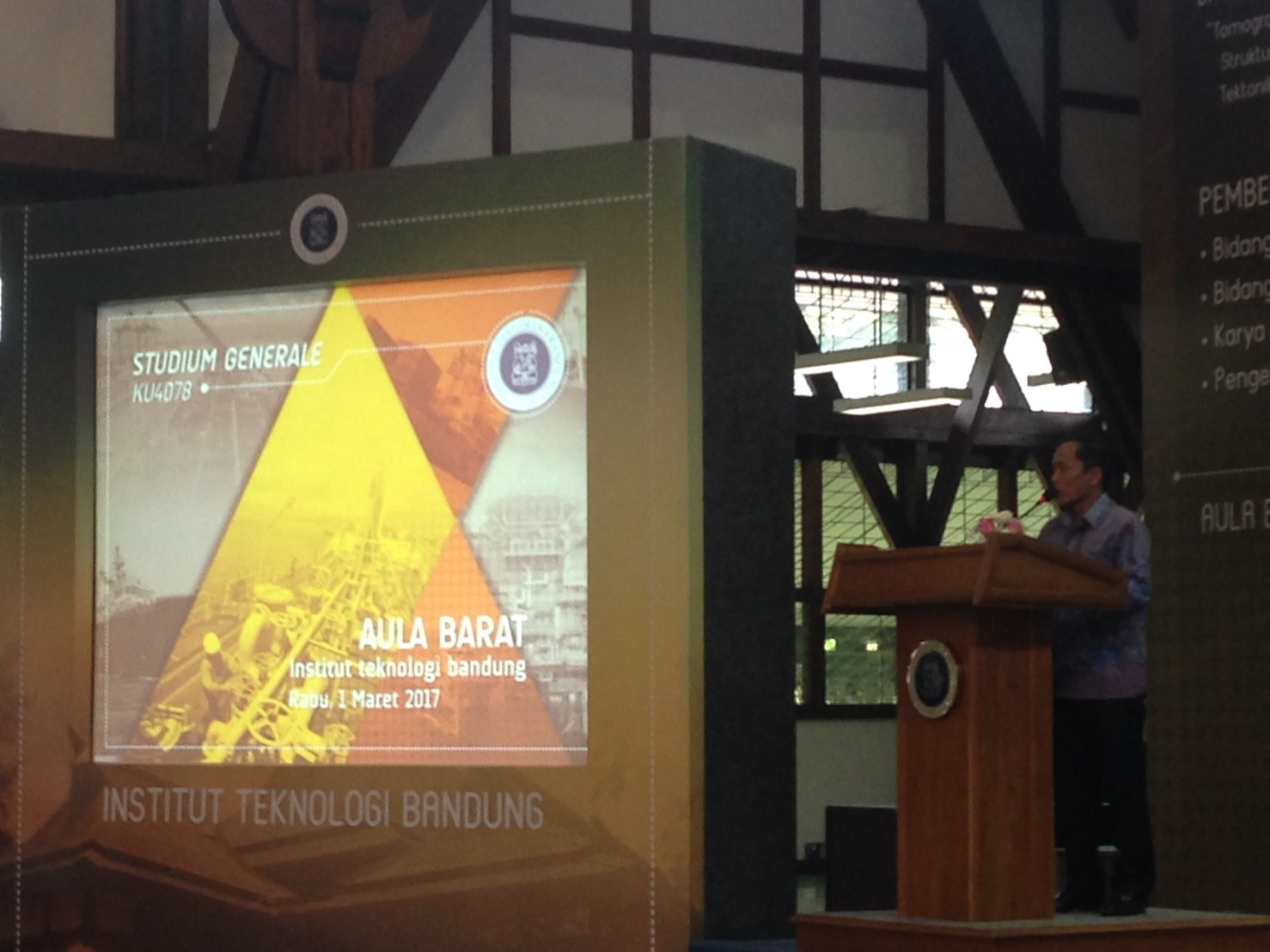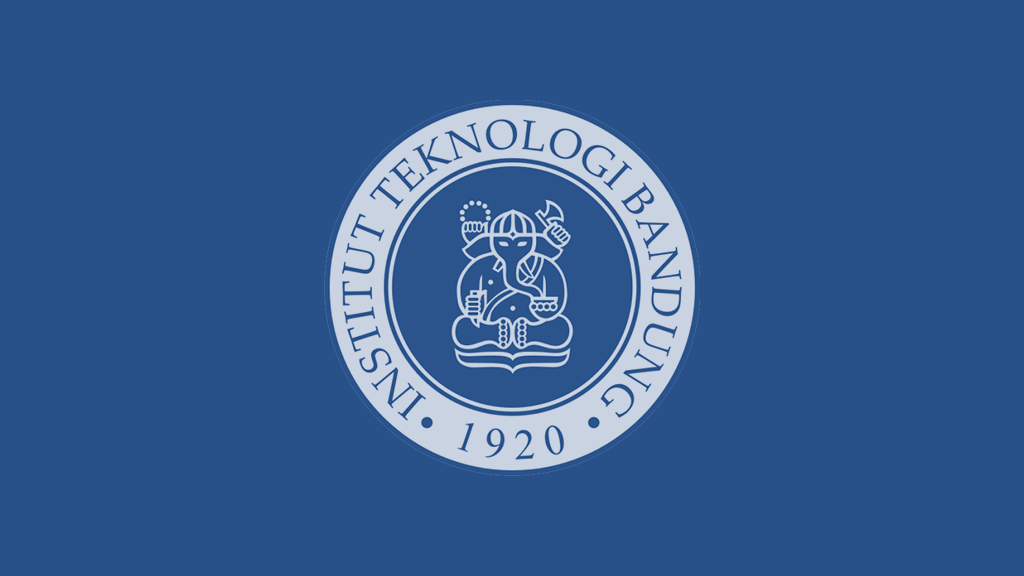Scientific Oration by Prof. Ahmad Nuruddin Discusses Innovation in Metal Oxide Semiconductor Materials for Air Quality Monitoring
By Azka Madania Nuryasani - Mahasiswa Mikrobiologi, 2022
Editor M. Naufal Hafizh, S.S.
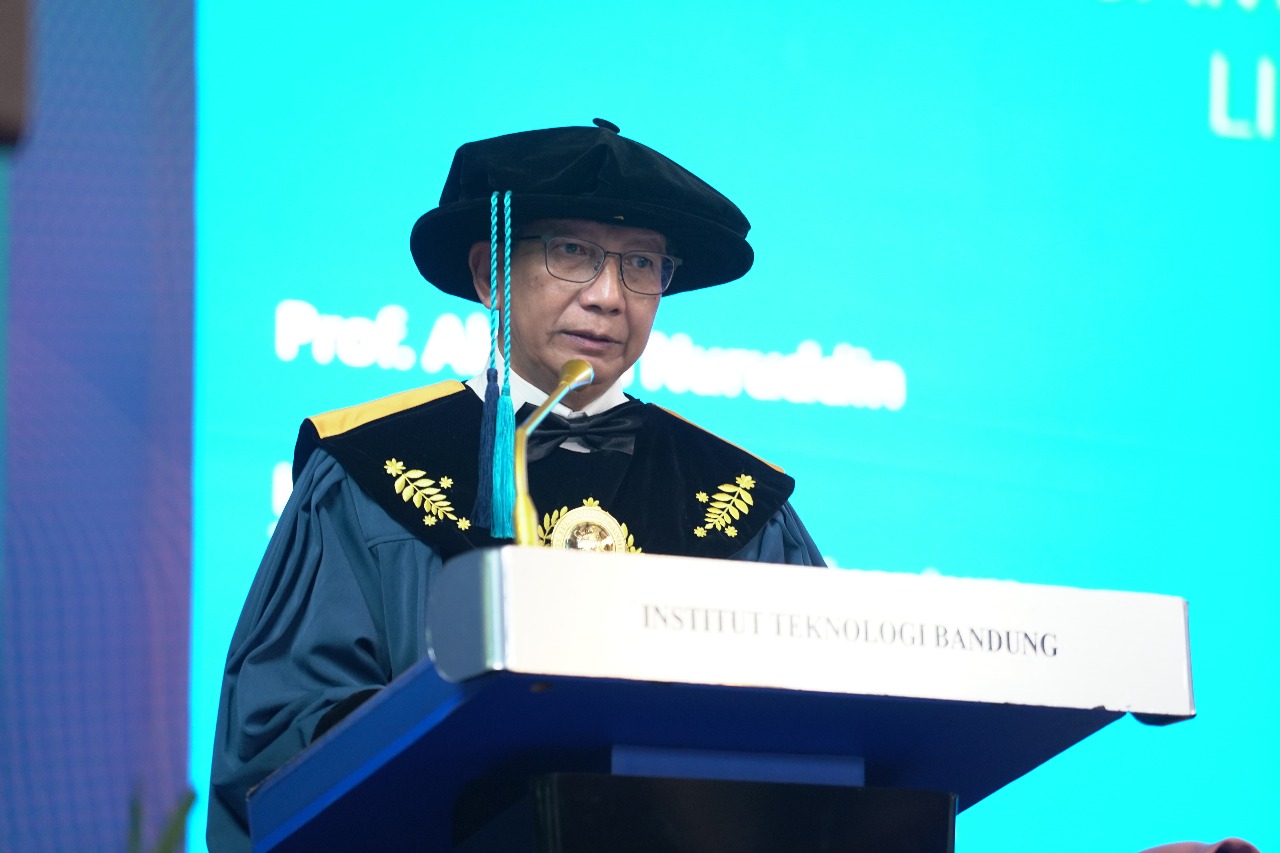
BANDUNG, itb.ac.id – The Institut Teknologi Bandung (ITB) Professors Forum (FGB ITB) held a Scientific Oration event at the West Hall on Saturday, June 21, 2025. During the event, Prof. Ir. Ahmad Nuruddin, M.Sc., Ph.D., from the Faculty of Industrial Technology (FTI ITB), delivered a scientific oration entitled "Engineering Metal Oxide Semiconductor Materials for Environmental Sensor Applications."
In his oration, Prof. Ahmad Nuruddin acknowledged the rapid technological advancements that have improved quality of life across various sectors—from healthcare services to transportation and industrial automation. However, these advancements have also brought negative consequences, particularly the deterioration of air quality.
"Studies show that poor air quality correlates with an increase in respiratory and cardiovascular diseases. Therefore, the World Health Organization (WHO) estimates that around 7 million premature deaths each year can be linked to air pollution due to exposure to hazardous gases," said Prof. Ahmad Nuruddin.
This underscores the importance of continuously monitoring the concentration of hazardous gases. Consequently, gas monitoring systems must be developed, along with the necessary gas sensors.
He explained the basics of Metal Oxide Semiconductors (MOS), which are inorganic compounds composed of metal and oxygen elements that possess semiconductor properties—enabling them to conduct electricity and interact with gases and their surroundings.

He described the gas detection mechanism, such as the detection of H2S using N-type MOS materials. When O2 is present near the sensor surface, the molecules are adsorbed and ionized into O2 by capturing electrons from the conduction band, forming a depletion region and increasing resistance. When hydrogen sulfide (H2S) gas is present, it reacts with the oxygen ions, returning electrons to the conduction band, thinning the depletion region and reducing resistance. When H2S is removed, the process returns to its original state, oxygen is re-adsorbed, and resistance rises again. This process is reversible and repeatable.
To assess a gas sensor’s effectiveness, Prof. Ahmad Nuruddin emphasized five key performance criteria: sensitivity, response time, recovery time, selectivity, and stability.
At the Advanced Functional Materials Laboratory, Prof. Ahmad Nuruddin and his team have been developing MOS-based sensor materials, focusing on zinc oxide (ZnO) as the primary sensor material. ZnO was chosen for its sensitivity to reducing gases, its oxygen-vacancy-rich surface, and its modification potential. His team demonstrated that lab-synthesized ZnO had smaller particle sizes than commercial ZnO, which directly improves sensor sensitivity. However, one major challenge of using pure ZnO is the need for a relatively high operating temperature (around 350°C) to detect gases optimally.
To address this issue, several innovations have been pursued. First, aluminum doping in ZnO was employed to enhance conductivity and sensitivity by up to 36%, although high temperatures were still required. Second, a ZnO-MWCNT (Multi-Walled Carbon Nanotube) composite was developed, capable of detecting 30 ppm of SO2 in just 9 seconds with a recovery time of 10.2 seconds at a lower temperature of 150°C. Third, a ZnO and RGO (Reduced Graphene Oxide) combination produced a sensor with fast response and strong signal, operating within a wide temperature range (100–300°C). Finally, a WO2 (Tungsten Trioxide) and graphene composite was used to detect CO stably for up to 5 days, though with a longer response time of 270 seconds or 4.5 minutes.
Prof. Ahmad Nuruddin acknowledged that although significant progress has been made, there are still notable challenges in developing these sensor materials.
"The challenges we face in developing this sensor material fall into at least four key areas. First is low selectivity when dealing with mixtures of various gases. Second, the relatively high operating temperature required to achieve optimal sensitivity/response. Third, slow response and recovery times that hinder rapid detection. And fourth, the long-term instability of the sensors," he stated.
To overcome these challenges, future development of MOS-based gas sensors will focus on nano-structural engineering to increase active surface area, surface modification through doping and sensitization, development of heterostructures and junctions, reduction of operating temperatures, and adopting green chemistry approaches in material synthesis.
Reporter: Azka Madania Nuryasani (Microbiology, 2022)

.jpg)
.jpg)
.jpg)
.jpg)
.jpg)
